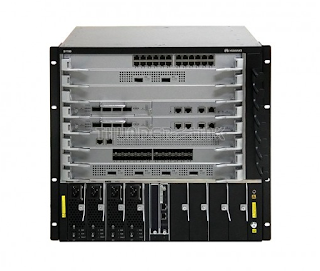Huawei S2300 series Ethernet switches integrate the access and transmission functions to provide
reliable access/aggregation and high-quality transmission of services on wide area networks.
The switches are built on an integrated hardware platform, and the hardware system consists of
the chassis, power module, fan module, and Switch Control Unit (SCU).
The S2300 series are available in a variety of models for you to choose based on your network
requirements.
The S2300 series includes the S2300-SI, S2300-EI (S2309TP-EI-AC), and S2350-EI subseries, all of which are Layer 2 switches.
Naming Conventions
S2350-20TP-PWR-EI-AC
ABC D E F G H I
S2326TP-SI
ABC E F H
More related:
MA5600T Multicast Feature Glance
MA5600T Series Maintenance Feature Glance
MA5600T&MA5603T&MA5608T 10G GPON Feature Glance
How to Configure the H.248-based Voice Service?
How to Login Huawei Equipment Through the Local Serial Port







